Description
Many different industries make use of conveyor belts to move and transport materials and goods. The low price and high strength of conveyor belts make them ideal for a variety of bulk and packaged material transportation applications. These belts have proven to be highly durable and reliable, making them suitable for a wide range of industries and applications. Conveyor belts come in a variety of types and models, tailored to different uses and materials, to meet the diverse needs of users across various industries.
These belts are specially engineered to withstand a variety of working conditions, making them highly durable against impacts, wear, heat, moisture, etc. Given the extensive utilization of conveyor belts in both small and large industries and their exceptional efficiency and durability under various working conditions, this article aims to provide an introduction to conveyor belts; it will cover the different types of belts, their applications, key considerations when making a purchase, factors influencing their pricing, and tips for online purchasing.
Introduction of conveyor belt
The conveyor belt is an essential component of the material transfer systems, facilitating the efficient transportation and movement of materials between different locations. The conveyor belt was first designed by Thomas Robbins in 1892 for transporting minerals and coal. Following that, Henry Ford started the mass production and assembly of these belts at Ford Motor Factory, making them widely accessible for use in various fields.
A conveyor belt consists of two or more pulleys, with a ring positioned around them, to efficiently transport the intended products or materials. An electromotor is responsible for providing the required force to rotate the pulleys and ultimately the entire conveyor belt. The synchronized rotation of the pulleys and the seamless movement of the entire conveyor belt allow a substantial amount of material to be efficiently transported from one location to another consistently and uninterruptedly.
Conveyor belts typically consist of three layers: the top layer, the central layer, and the lower layer. The layers may vary in material depending on the specific working conditions. However, the conveyor belts used in some fields may even consist of more layers. The primary purpose of the central layer of a conveyor belt is to provide structural support and enhance its durability, while the choice of material for the top layer is determined by the specific working conditions. Conveyor belts are designed in a way to provide sufficient durability against impact and high strain.
Recommended product: Spiral conveyor
Types of conveyor belt
There are two main categories of conveyor belts based on their use: conveyor belts for general material handling and conveyor belts for bulk material handling. The former is typically utilized for transporting small and light materials and equipment over short distances. The latter is usually employed for transporting large volumes of heavy raw materials, such as ore, sand, coal, minerals, chemicals, flour, grains, and sugar.
When it comes to the type of coating, conveyor belts can be divided into three categories: natural rubber-coated belts, PVC-coated belts (PVC conveyor belts), and polyurethane-coated belts. Depending on the operating conditions, conveyor belts are coated with one of these materials to further increase their resistance to cuts, wear, and impact. Rubber-coated conveyor belts are used for transporting minerals, plaster, cement, sharp objects, lumber, wood, etc. PVC conveyor belts are also mostly used in food and pharmaceutical industries for transporting food and sanitary materials. Polyurethane-coated conveyor belts are mostly used for transporting petroleum and chemicals.
Rubber-coated conveyor belts are used for transporting minerals, plaster, cement, sharp objects, lumber, wood, etc. PVC conveyor belts are also mostly used in food and pharmaceutical industries for transporting food and sanitary materials. Polyurethane-coated conveyor belts are mostly used for transporting petroleum and chemicals.
Applications of conveyor belt
The design and capabilities of conveyor belts make them useful in many domains. For example, they are utilized in production lines across many industries and for distributing and storing commodities. These belts are versatile and can be used in a wide range of small to large industries, accommodating different dimensions and weights. For instance, conveyor belts are commonly used in chain stores.
Conveyor belts can also be used to transport materials with an irregular structure, which have the minimum surface contact with the belt. Other applications of conveyor belts are transporting items in airports, assisting skiers on steep slopes, and providing convenience in shopping centers with escalators.
The website wikipedia said; Belt conveyor technology is also used in conveyor transport such as moving sidewalks or escalators, as well as on many manufacturing assembly lines.
Key considerations for purchasing a conveyor belt
Before purchasing a conveyor belt, it is crucial to consider several factors to ensure that the belt you choose meets the required standards of efficiency and durability. It is important to carefully consider the type and model of the belt, taking into account the specific working conditions. For instance, if you plan on utilizing the conveyor belt in the food and pharmaceutical industries, it is better to purchase a PVC conveyor belt. It is also important to consider the flexibility and tensile strength of the belt, as these factors greatly affect its performance and durability. Another point is to choose a conveyor belt that resists moisture, chemicals, and oil.
Furthermore, it is recommended to buy a durable conveyor belt that can withstand impact and perform reliably under various working conditions. You should also make sure the conveyor belt that you choose can withstand the operating temperature and can be used under different weather conditions. You should also think about the manufacturer’s reputation and the quality of the materials utilized in the conveyor belt; conveyor belts manufactured by well-known companies with high-quality materials last longer and work better.
Recommended product: conveyor belt cleaner
Price of conveyor belt
In this section, we will review the various factors that can determine the price of a conveyor belt. The first point is the operating conditions, which dictate the type and model of the conveyor belt you should buy. As mentioned earlier, conveyor belts come in a wide variety of types and are priced accordingly based on their material and structure. The size and thickness of conveyor belts play a major role in determining their price. These factors are carefully selected to meet specific working conditions and requirements. Obviously, larger and thicker conveyor belts are sold at higher prices. Additionally, the price of conveyor belts is influenced by the type and quality of materials used for their production.
Conveyor belts made with high-quality materials are naturally more expensive, but their higher durability justifies the price. Another factor that might affect the price of conveyor belts is the material of the top and lower layers. It is also important to consider the tensile strength of conveyor belts when making a purchase, as it is another factor that determines their pricing. The price of conveyor belts can be also influenced by the manufacturer’s brand. Accordingly, those offered by reputable and well-known brands are naturally more expensive because of their superior quality and durability. Finally, it is important to consider the role of sellers in the final pricing of conveyor belts.
Online purchase of conveyor belt
You can also buy a conveyor belt online without the need to visit the stores in person. For this purpose, you only need to visit the website or social networks of vendors, allowing you to easily buy a conveyor belt 24/7. There are many online stores supplying conveyor belts, one of the most reputable of which is Rahavaran Sanat Qomes. In this center, you may find a wide range of reasonably priced, high-quality conveyor belts.
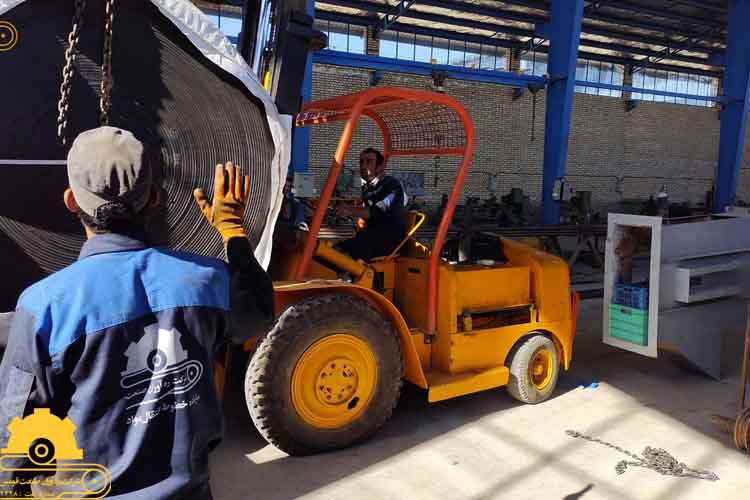
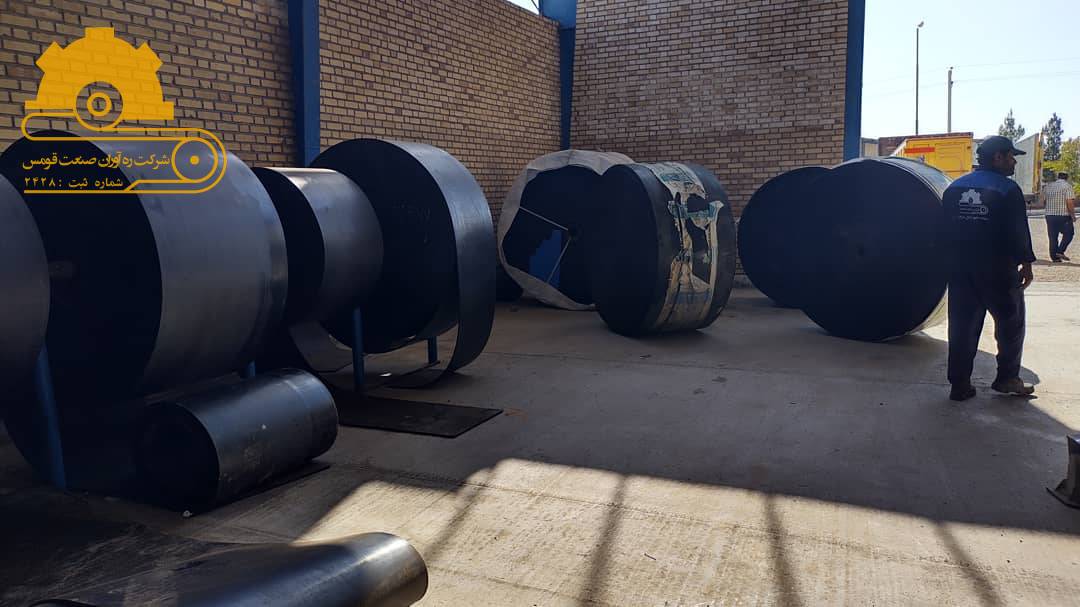

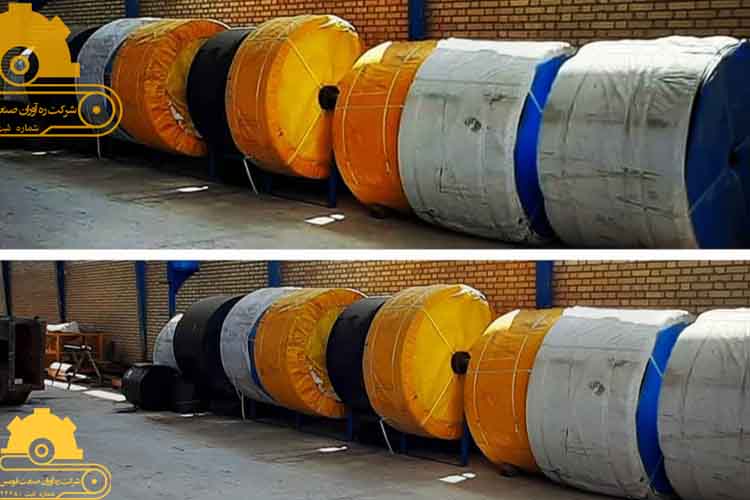
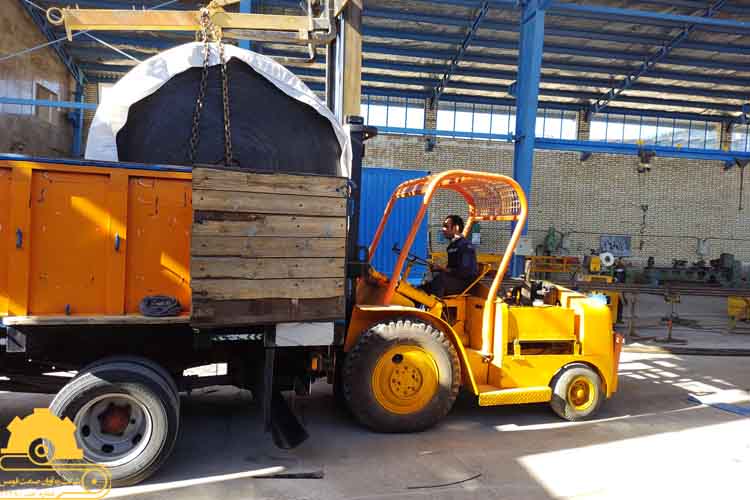
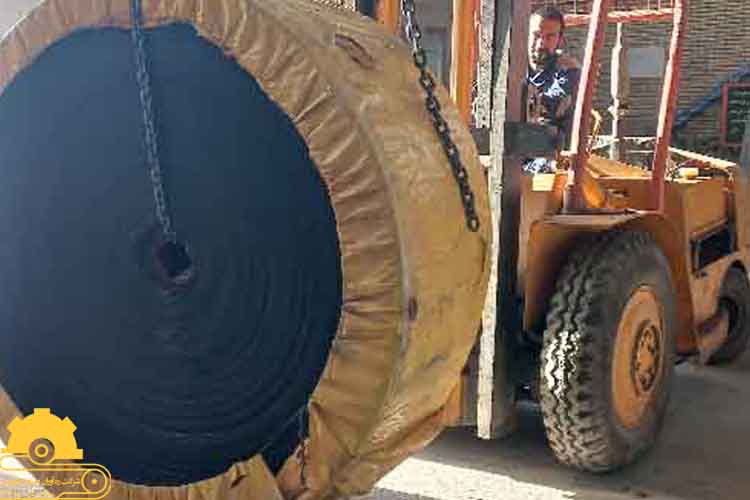
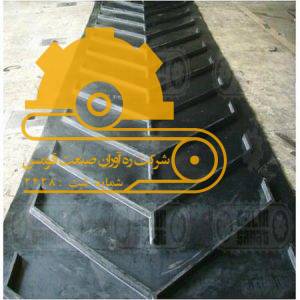
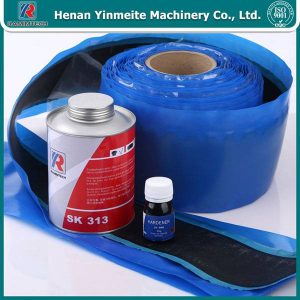
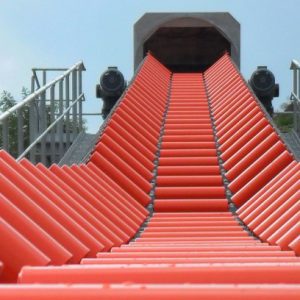
ukrain man –
I have read a few just right sturf here. Definitely price bookmarking for revisiting.
I woncer how uch attempt you put to make this sort of great informative website.
admin –
thank you
rahman –
Hello. I live in Iraq. Our company needs a conveyor belt. Do you ship to Iraq?
admin –
Yes . Our company has the ability to produce all kinds of conveyor belts in Iran and can easily send the conveyor belts to Iraq.